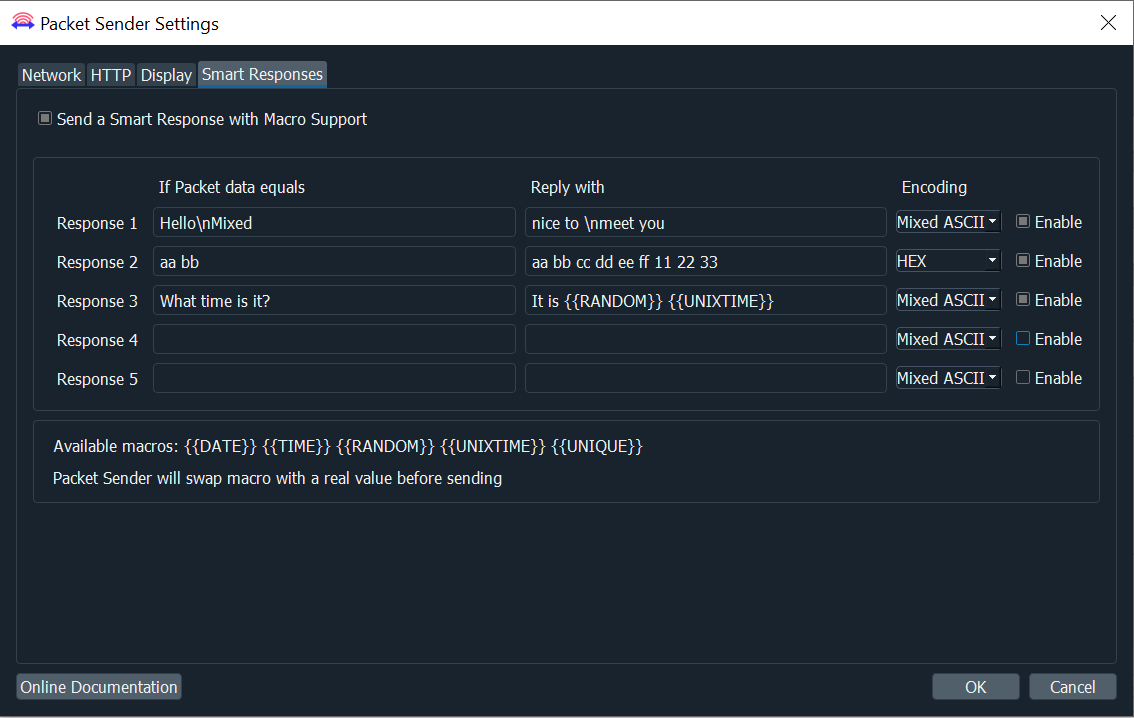
 IP is responsible for delivering the packets from source to destination, and regardless of the version being used, packets must use some form of addressing to uniquely identify the message source and message destination. There are two versions of IP: version 4 and version 6. These are placed into containers called packets, typically by the Internet Protocol (IP). When a ‘message’ such as a file, image or video is transmitted across a network, it is first broken down into small blocks called segments. The media chosen will determine the type of transmitter and receiver required. Examples of unguided media include wireless technology such as:. Examples of guided media include wired technology such as:. The transmission media can be either guided or unguided. Traditionally, the sources and destinations within information networks were computers, but today there are a wide range of devices capable of exchanging data:. The term ‘network’ in this course refers to data or information networks capable of carrying many different types of communications, including traditional computer data, and interactive voice, video and entertainment products. A receiver is used by the message destination to recover data from the transmission media. A transmitter is used by the message source to place data onto a transmission media. In computer networks, the media is usually a type of cable, or a wireless transmission. The bits are then encoded into a signal that can be transmitted over the appropriate medium. These can be sent across a data or information network by first converting them into binary digits, or bits.
IP is responsible for delivering the packets from source to destination, and regardless of the version being used, packets must use some form of addressing to uniquely identify the message source and message destination. There are two versions of IP: version 4 and version 6. These are placed into containers called packets, typically by the Internet Protocol (IP). When a ‘message’ such as a file, image or video is transmitted across a network, it is first broken down into small blocks called segments. The media chosen will determine the type of transmitter and receiver required. Examples of unguided media include wireless technology such as:. Examples of guided media include wired technology such as:. The transmission media can be either guided or unguided. Traditionally, the sources and destinations within information networks were computers, but today there are a wide range of devices capable of exchanging data:. The term ‘network’ in this course refers to data or information networks capable of carrying many different types of communications, including traditional computer data, and interactive voice, video and entertainment products. A receiver is used by the message destination to recover data from the transmission media. A transmitter is used by the message source to place data onto a transmission media. In computer networks, the media is usually a type of cable, or a wireless transmission. The bits are then encoded into a signal that can be transmitted over the appropriate medium. These can be sent across a data or information network by first converting them into binary digits, or bits. 
Consider, for example, communicating a message using words, pictures and sounds.








